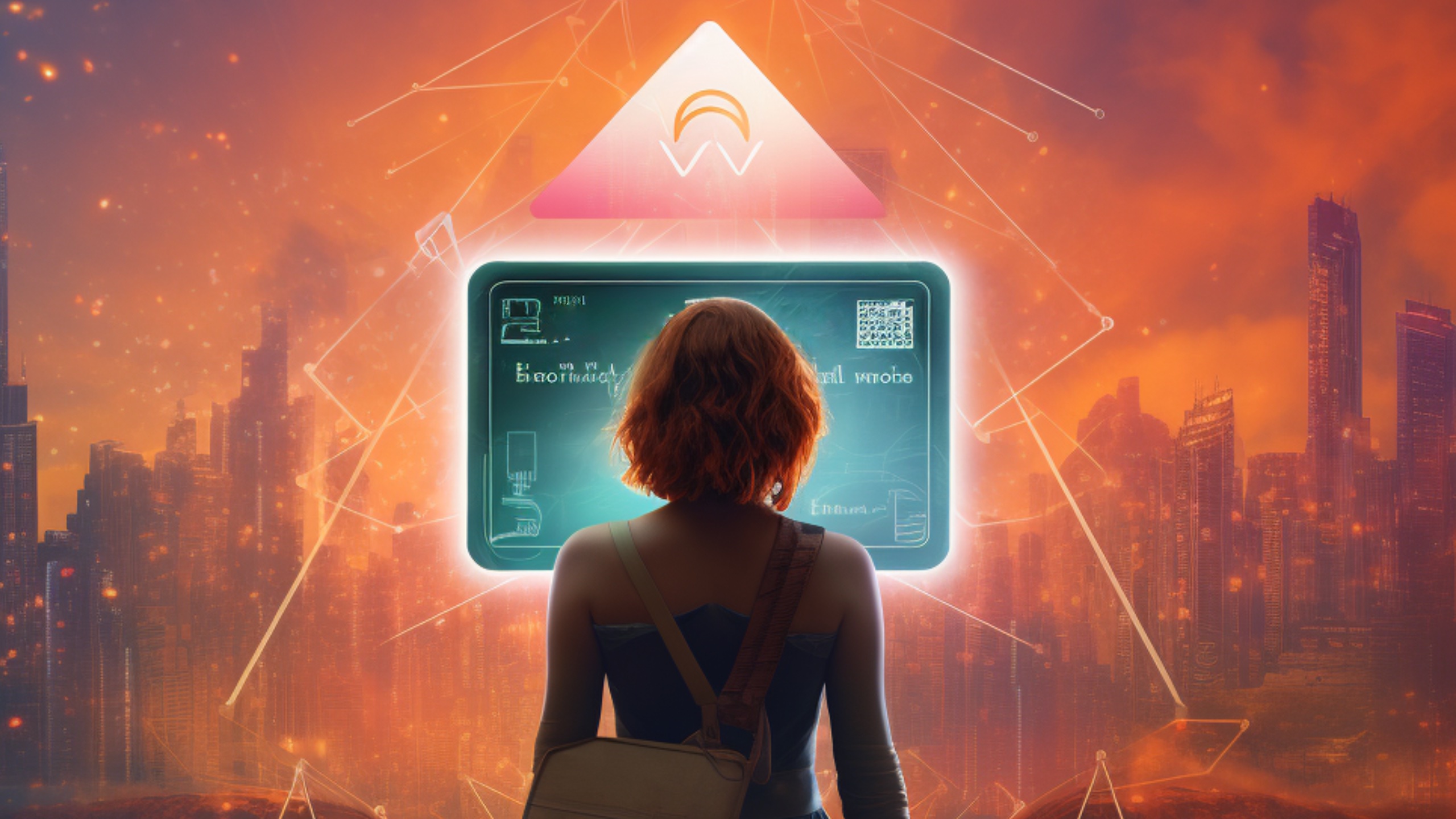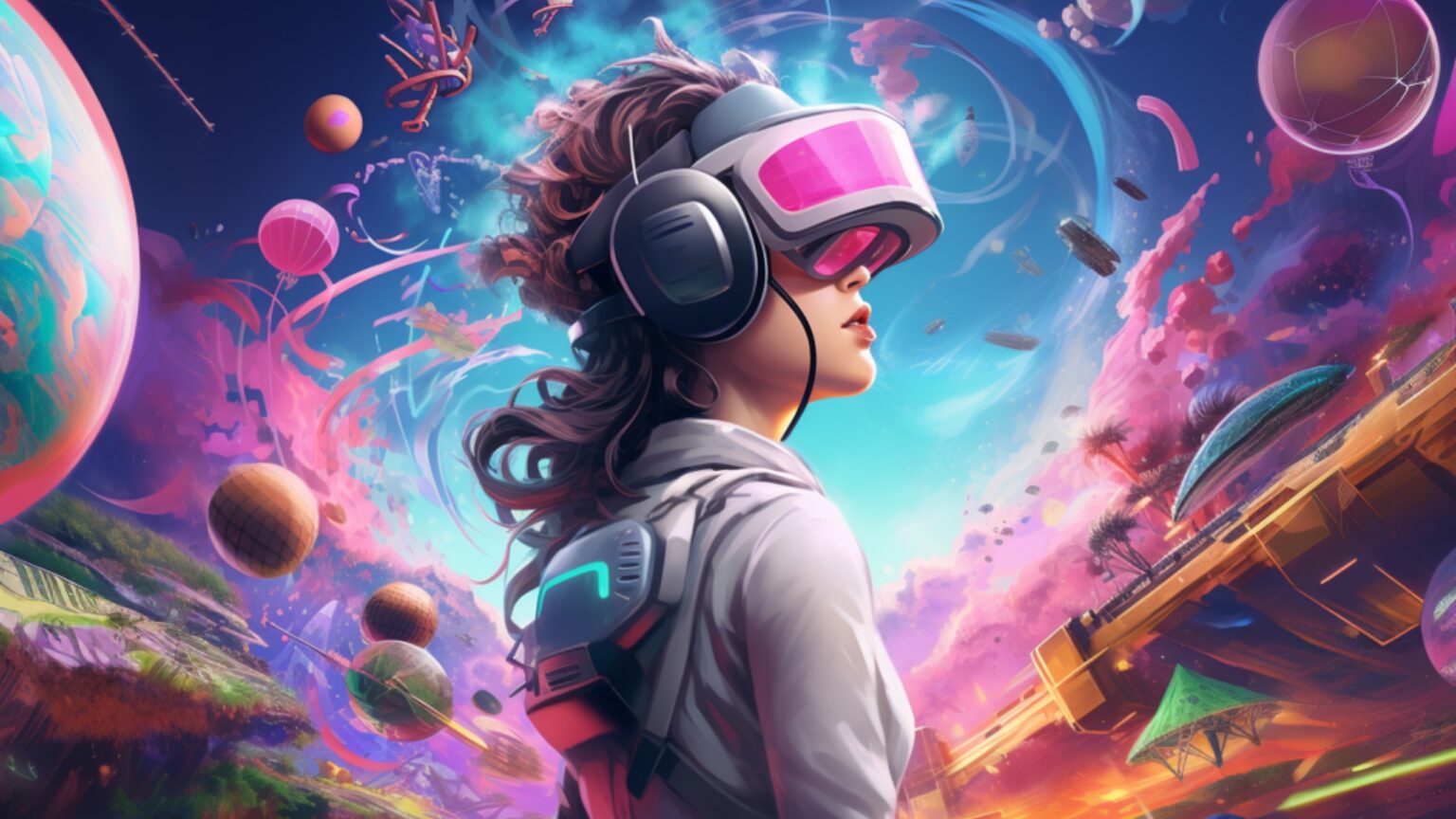As 2023 draws to a close, the metaverse is a testament to human ingenuity and the relentless pursuit of technological advancement. This year, the industry witnessed the metaverse evolve from a buzzword into a multifaceted digital ecosystem, redefining interaction, work, and experience in the digital realm.
This year, the most striking advancement in the metaverse has been the leap in immersive experiences. Cutting-edge VR and AR technologies have blurred the lines between the virtual and the real, offering unprecedented engagement. Companies like Oculus and HTC have introduced sophisticated headsets that are more powerful and increasingly affordable, broadening Metaverse’s appeal.
Eye-tracking and foveated rendering technologies have enhanced user interaction, making virtual environments more realistic and intuitive. Moreover, the integration of haptic feedback has added a tactile dimension, allowing users to ‘feel’ the metaverse, thereby deepening the sense of presence.

Crafting a unified digital universe
A significant trend in 2023 has been the push towards interoperability within the metaverse. Efforts led by consortiums like the Metaverse Standards Forum have laid the groundwork for seamless transitions between different virtual platforms. This development aims for a future where moving through virtual spaces is as effortless as browsing the web, fostering a more interconnected digital experience.
The corporate world has embraced the metaverse with open arms. Beyond marketing and brand engagement, businesses have leveraged the metaverse for remote collaboration and digital twin simulations. Microsoft’s Mesh for Teams exemplifies this trend, offering a virtual space for collaborative work.
The metaverse has been a playground for tech enthusiasts and a burgeoning economic landscape. New job roles have emerged, particularly in gaming, education, and healthcare, linked to Metaverse development and management. Virtual tourism has grown, with the Metaverse offering unique travel experiences that transcend physical boundaries.
A metaverse for all
A key focus in 2023 has been making the metaverse accessible to a wider audience. Affordable VR and AR headsets have democratized access to these immersive experiences. Enhanced network infrastructure has also been crucial, ensuring smoother and more inclusive access to the metaverse.
Brands like Gucci and Nike have ventured into virtual worlds like Fortnite and Decentraland, using these spaces as marketing channels. This trend signifies the metaverse’s potential as a new frontier for customer engagement and brand experiences.
An intriguing development in 2023 was the integration of digital twins in the metaverse. Companies such as Siemens and GE leverage these virtual replicas for enhanced simulation and analysis in industries ranging from manufacturing to wind farms.

A financial perspective on 2023’s virtual economy
As the metaverse continued to evolve in 2023, it wasn’t just about technological advancements and immersive experiences. A significant aspect of this evolution was reflected in the financial markets, particularly through the performance of Metaverse coins and stocks. This year witnessed notable movements in these assets, highlighting the growing economic dimension of the virtual world.
Key players in this domain included Axie Infinity (AXS), The Sandbox (SAND), and Decentraland (MANA). Axie Infinity, with its blend of blockchain-based gaming, continued to draw attention to digital asset ownership and gaming experiences. The Sandbox and Decentraland, offering platforms for users to create, build, and monetize digital assets and spaces, have become central to the metaverse economy. Their tokens, SAND and MANA, have facilitated transactions within these virtual worlds.










 and then
and then